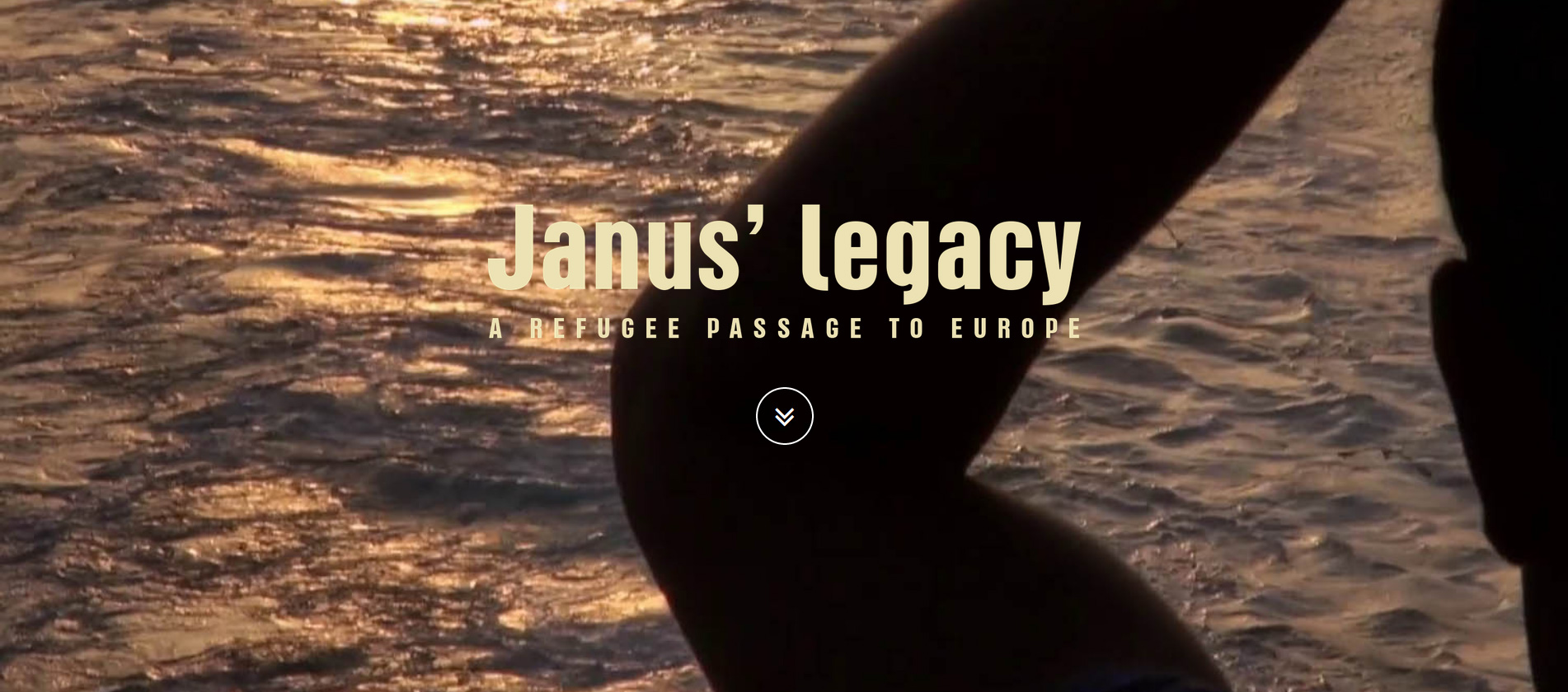The film
The documentary film “Janus’ Legacy: Refugee Passage to Europe” focuses on the 2015 refugee flow from Turkey to Greece. This flow included refugees from various Asian and African countries, originally landing on the Greek islands of Northern Aegean, and having a single final goal: to move to countries of the EU having a developed economy and sufficient reception infrastructures (e.g. Germany, England, Sweden, etc.). During this route, Greece served as “a first reception area” and an intermediate station inside the European Union. “Janus’ Legacy” is not attempting to present the 2015 refugee flow as an extraordinary or isolated “event”, but rather as a case-study reflecting a serious “distortion” of the ethical, political and economic order in large areas of Asia and Africa, leading to continuous waves of desperate people, who are entitled to be treated according to the principles defined by the United Nations, and the principles imposed by the essence of humanity, and whose disposal will affect equally those deprived of the rights deriving from these principles and those responsible for this practice.
THE Places
The research as well as the filming were organized around four sites (also considered as stations and stopovers) which have played a decisive role in the course of refugees towards Europe: in Turkey, where the prospect of departure became clear (despite the difficulties entailed), in Lesvos, the Greek island having received the largest wave of the refugee flow, in Athens, the stopover before travelling to the (next) border, and in Ιdomeni, the last station on the Greek territory, before entering F.Y.R.O.M. in order to continue towards the “core” of Europe.
The people
The interviews included in the documentary film deliberately include an ethnic mosaic, trying to show a major humanitarian crisis which is not confined to Syria or Iraq, where the (western) Mass Media mainly focus their attention. From this perspective, the scope of those who produced and created the documentary is to reinforce the acceptance and integration of refugees in Greece and in Europe, and to contribute to the development of a strong resistance of local people against racism and xenophobia all over Europe.
THE Music
The music is originally composed for this specific documentary film by Nikos Andrikos (lavta, saz, tanbur), Stratis Skourkeas (percussions) and Alexandros Spathis (bass), except of a part from the “Four seasons” of Vivaldi. Additional musicians that participated are Stratis Altiparmakis (drums) and Antonis Avgoullas (electric guitar).
The team
Direction: Dimitris Papageorgiou – Alexandros Spathis
Photography – field direction: Konstantinos Giaptses
Research: Yiannis Iliades, Dimitris Papageorgiou
Cameramen: Konstantinos Giaptses, Andronikos Karakatsanis
Sound engineers: Konstantinos Giaptses, Anna Peppa
Editing – mixing – sound design: Alexandros Spathis
Music editing: Nikos Andrikos, Stratis Skourkeas, Alexandros Spathis
Additional musicians: Stratis Altiparmakis (drums), Antonis Avgoulas (electric guitar)
Map creation: Giorgos Tataris
Interpretation: Khalaf al Husho, Fundanur Οzturk, Cemre Yusuf Cibaroglu, Cemil Akilli
Translations:
Turkish to Greek: Fatoş/ Fatosh Lazari, Nikos Andrikos
Arabic to Greek: Αdnan Shehadesh, Mustafa Dawa, Khalaf al Husho
Greek to English: Anna Vouyioukas
Subtitles: Elena Dzardanova
Post Production: Sound, Image and Cultural Representation Lab, Alexandros Spathis, Elena Dzardanova
Production:
Anti-racist Observatory of the University of the Aegean
Sound, Image and Cultural Representation Lab, Department of Cultural Technology and Communication, University of the Aegean
We would like to thank all those men and women who contributed to the completion of this documentary.

